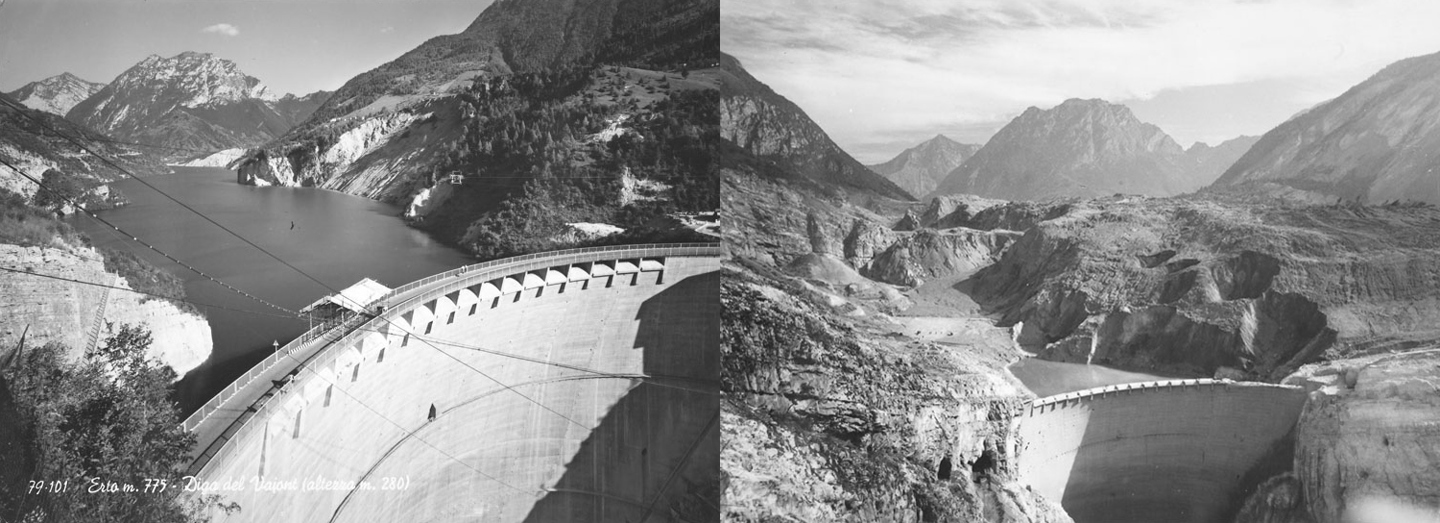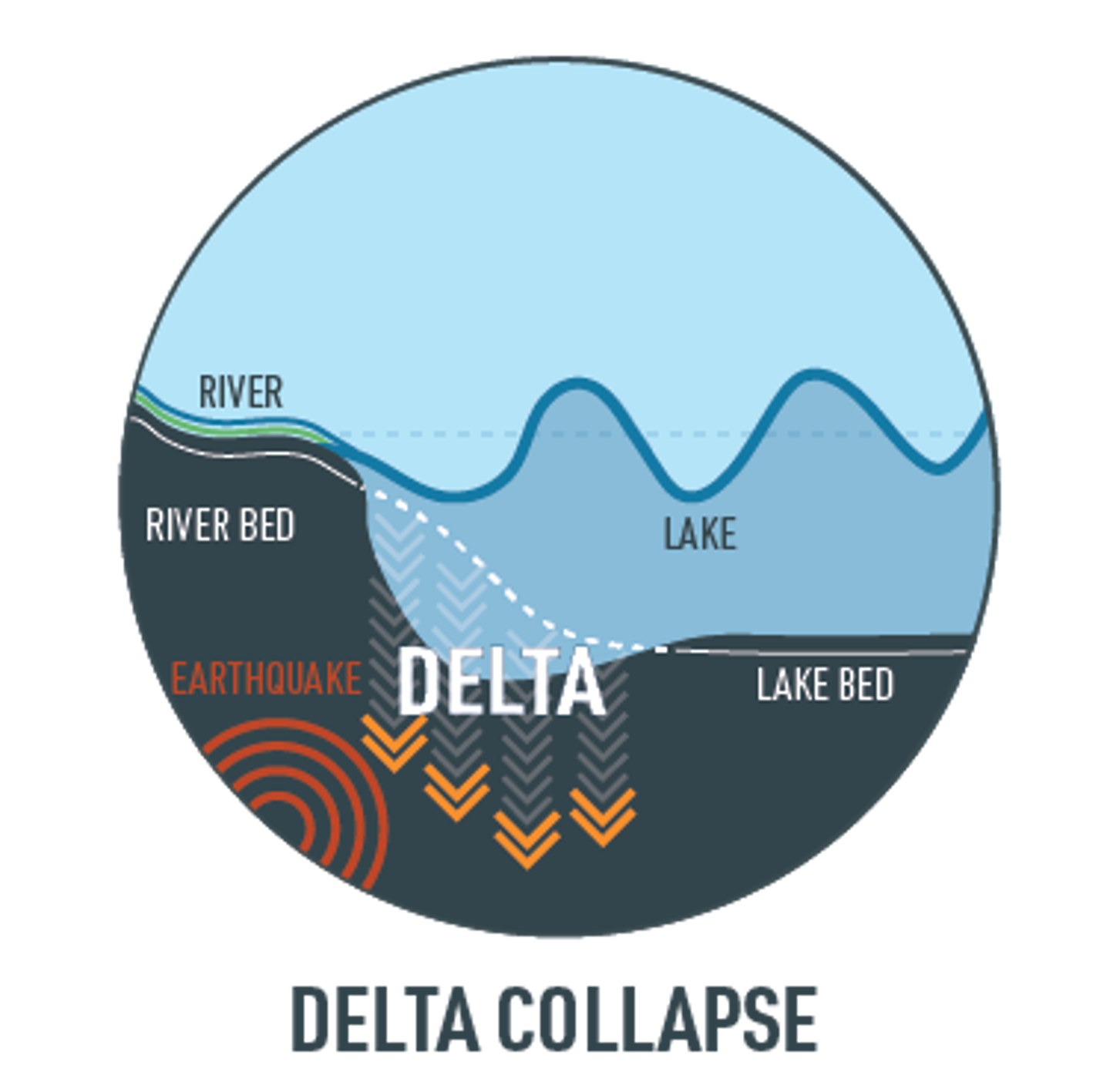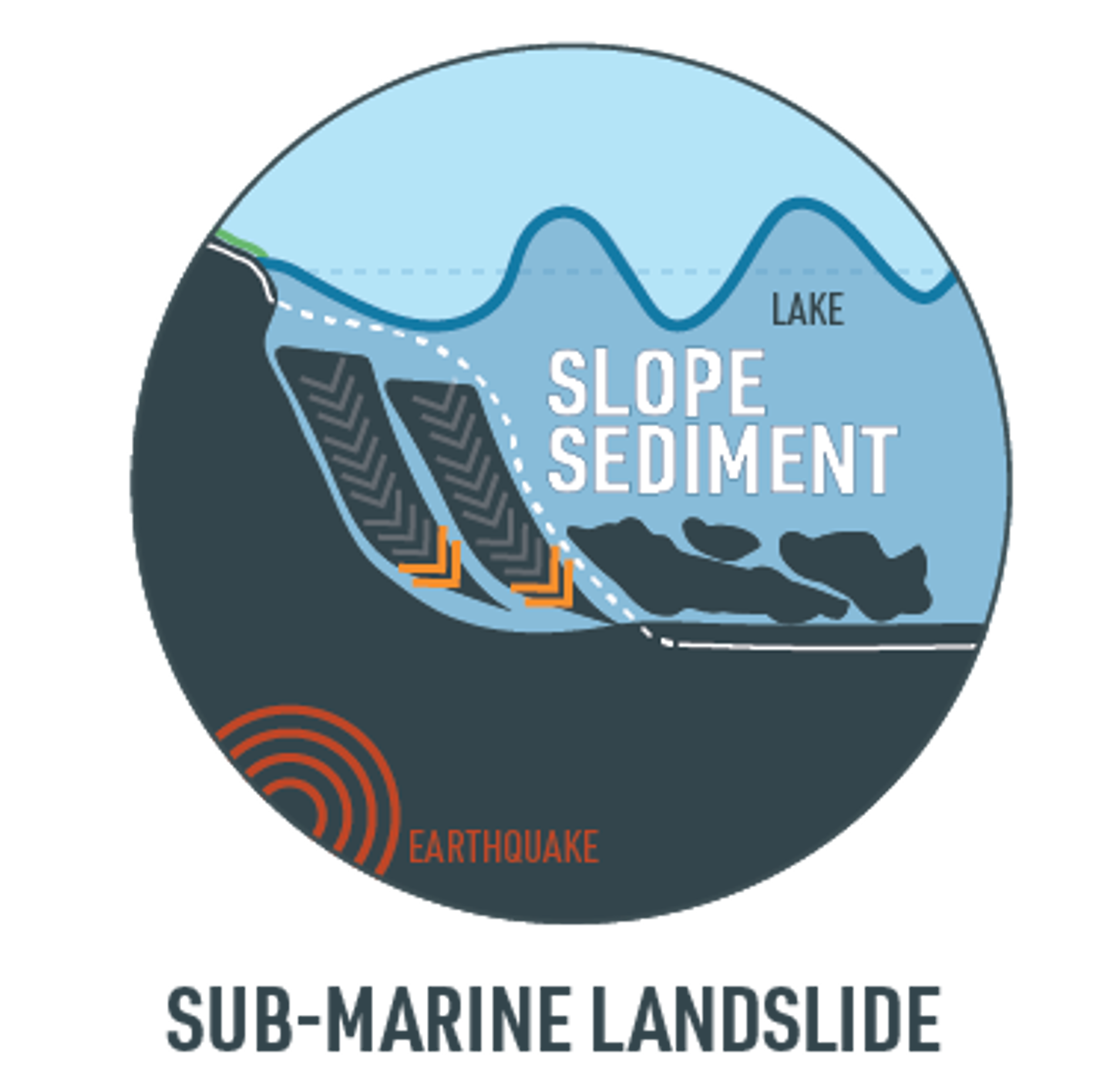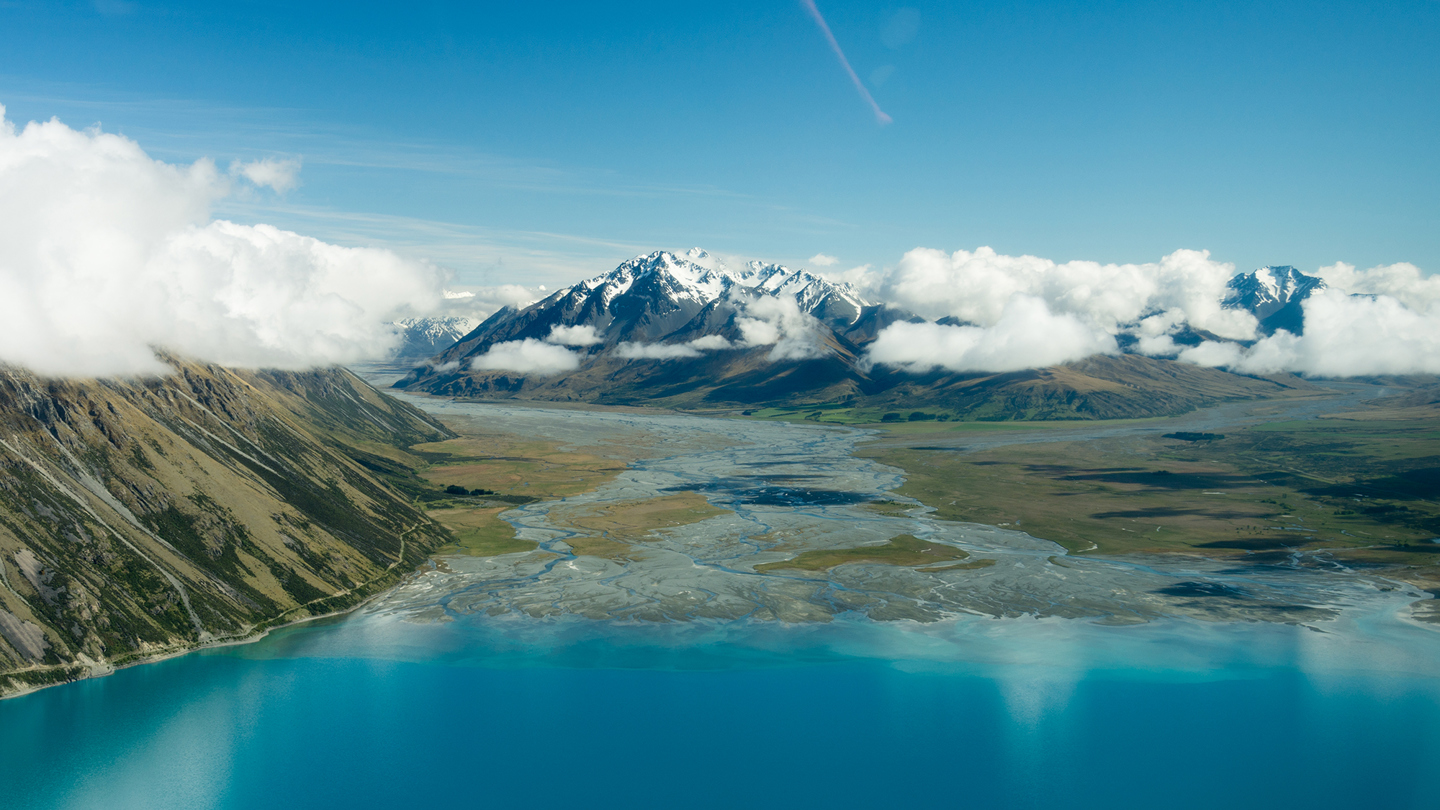The word ‘tsunami’ is one we don’t often associate with inland bodies of water.
Earthquake generated tsunami are more likely to pose a risk when the epicentre is beneath a body of water. This means that coastal areas might be affected, or perhaps towns nearby to a lake with an active fault lying beneath it. As a result, it is unlikely that the Mackenzie Lakes will be directly affected by an earthquake on the Alpine Fault, but doesn’t rule out the possibility of such an event in places like Queenstown or Wānaka.
Here in the Mackenzie District, the lakes are more likely to be affected by a secondary hazard resulting from the earthquake – landslides.
The prospect of a tsunami occurring on an inland lake might seem unusual. But it’s certainly not unknown. One of the most famous examples of such an event occurred in Italy in the 1960’s. A massive amount of land slid down into the Vajont Dam, just north of Venice, creating an enormous wave that washed downstream of the dam destroying villages and killing thousands. The dam itself was undamaged.










